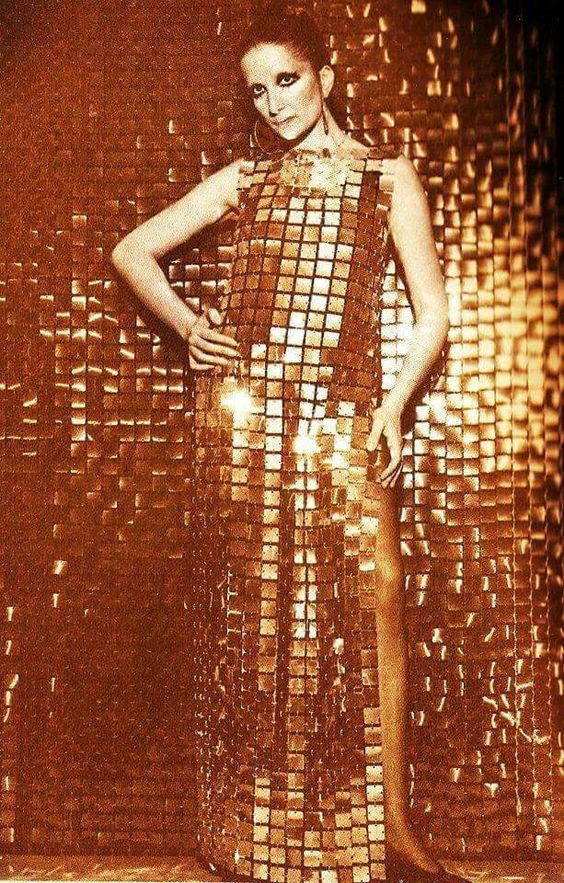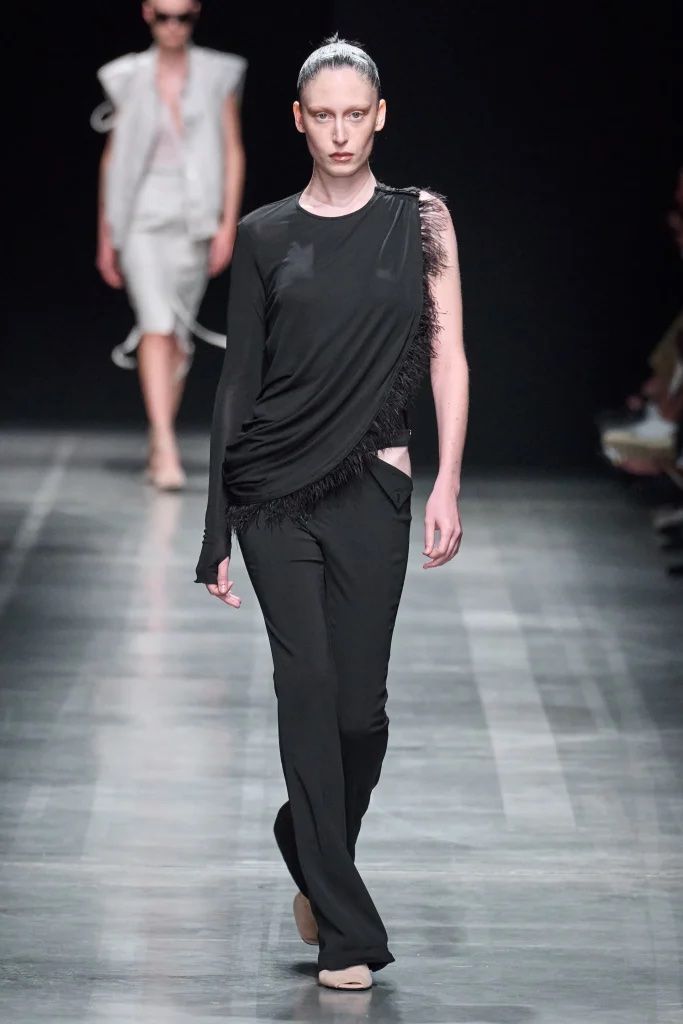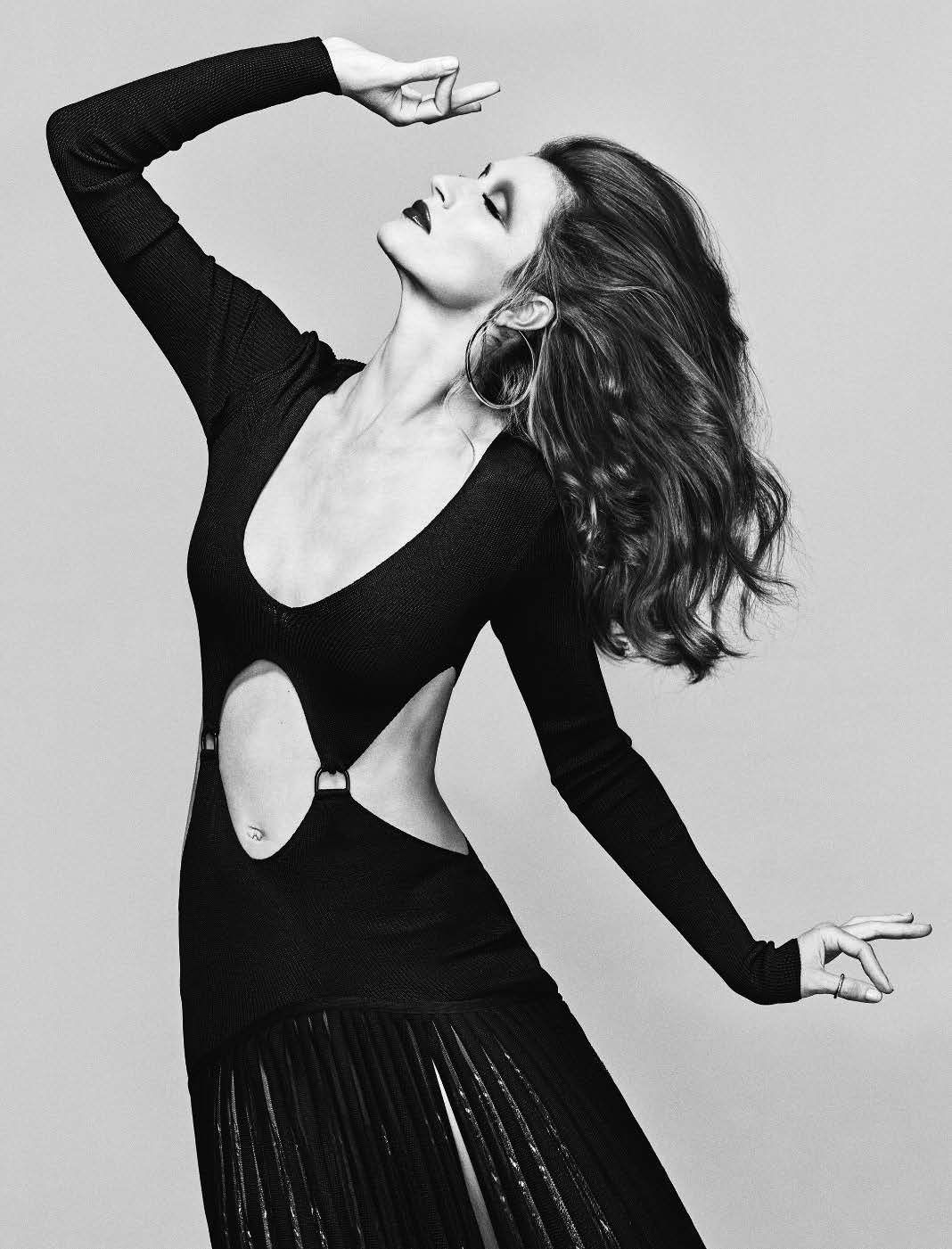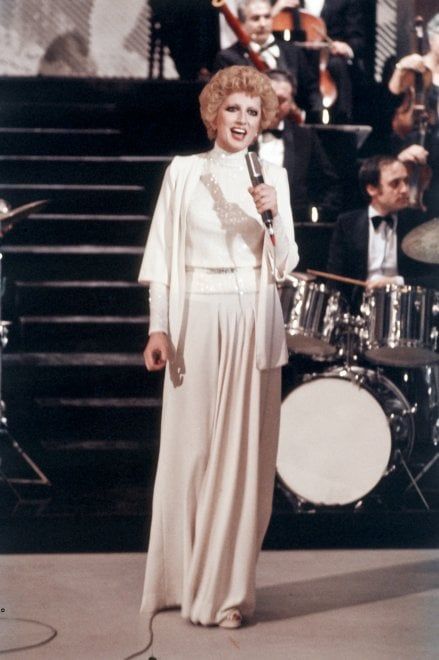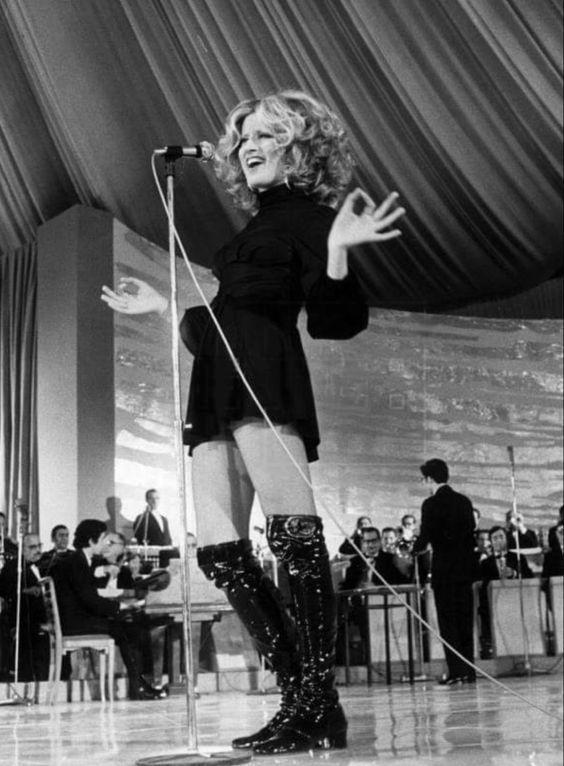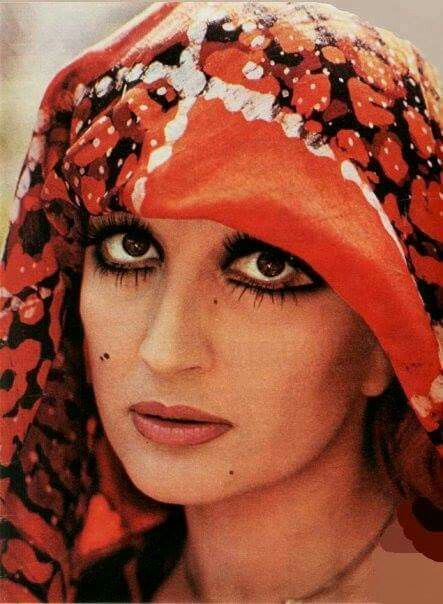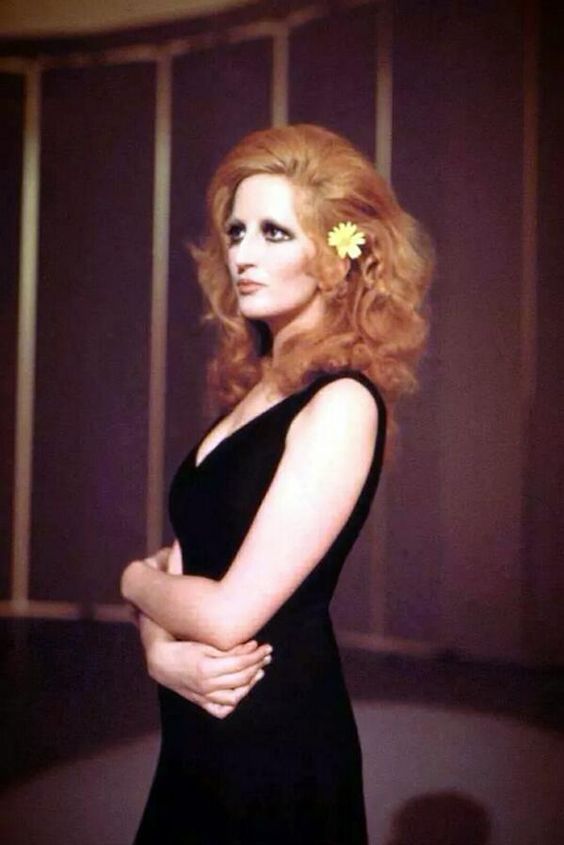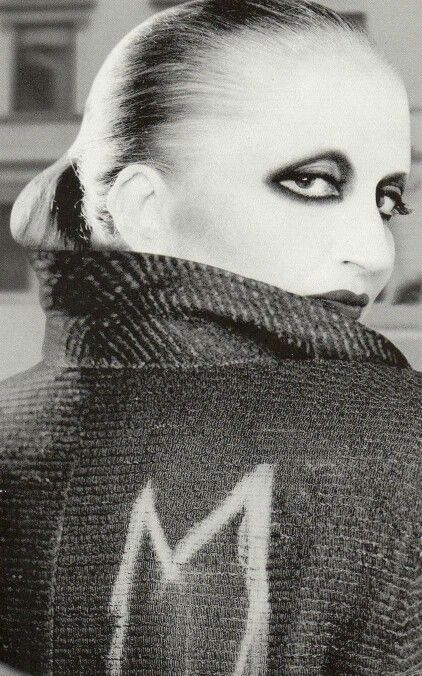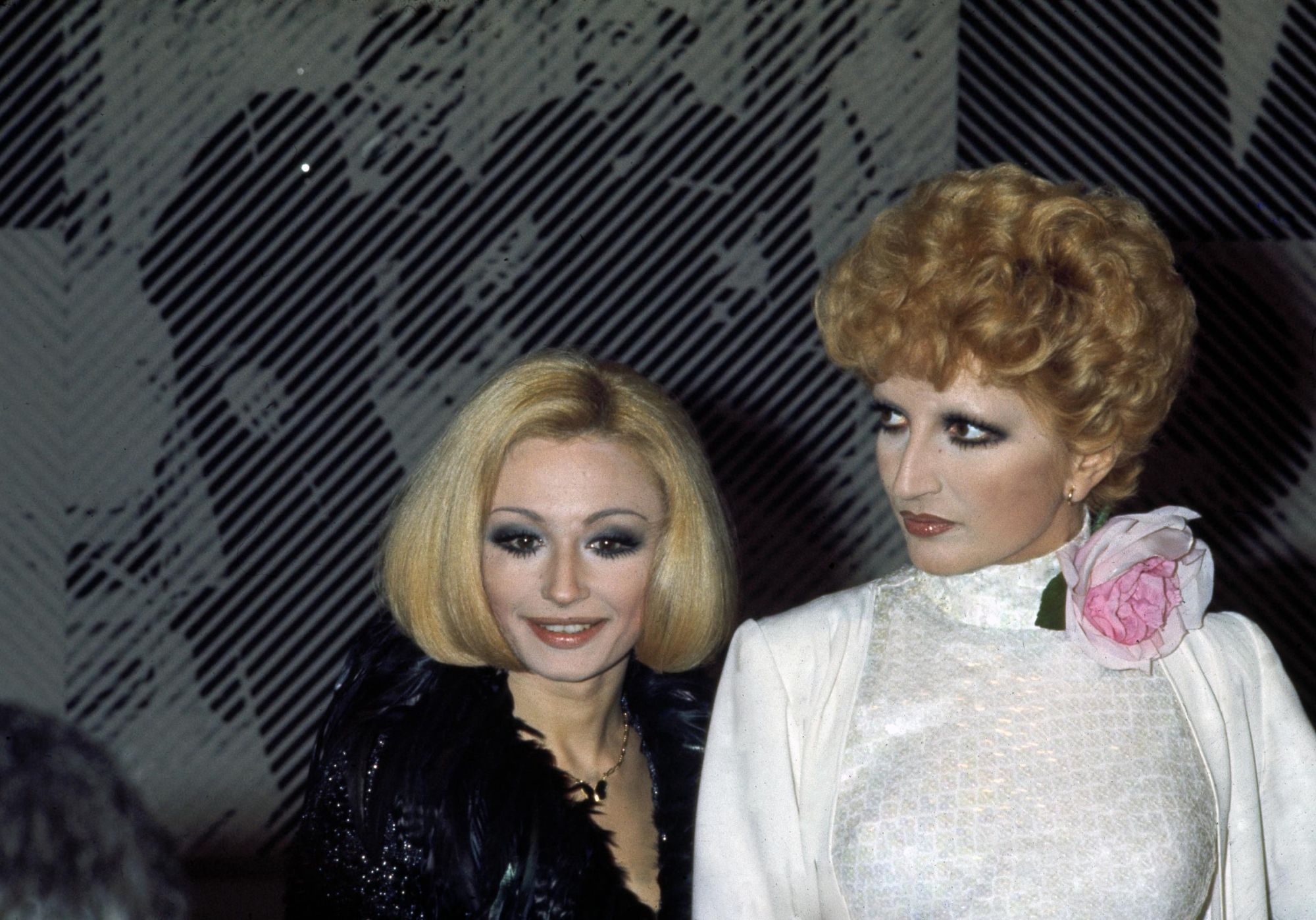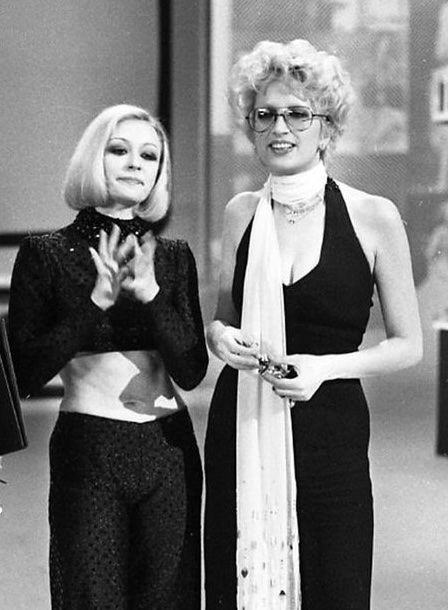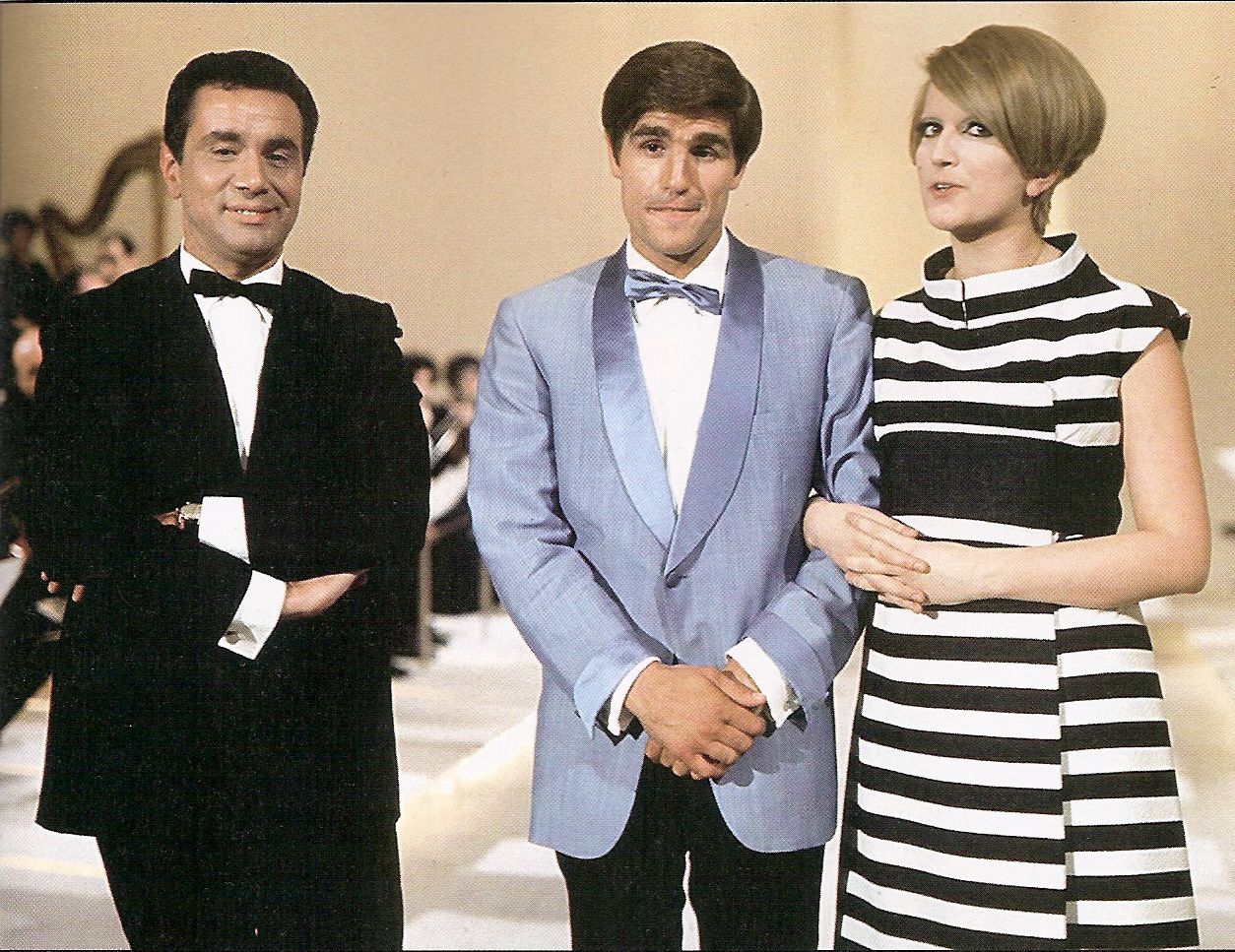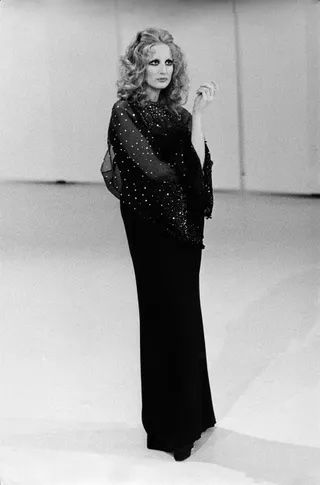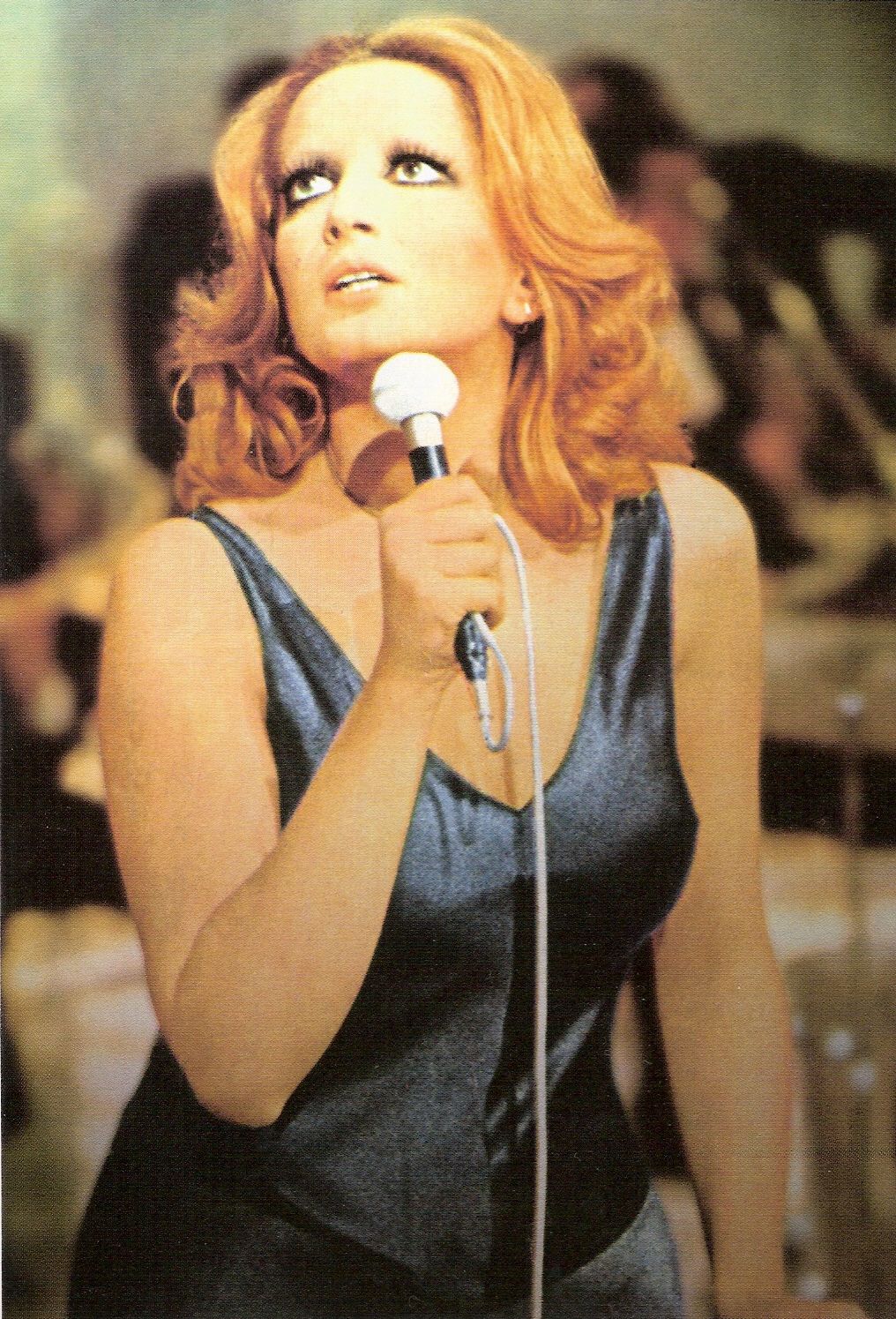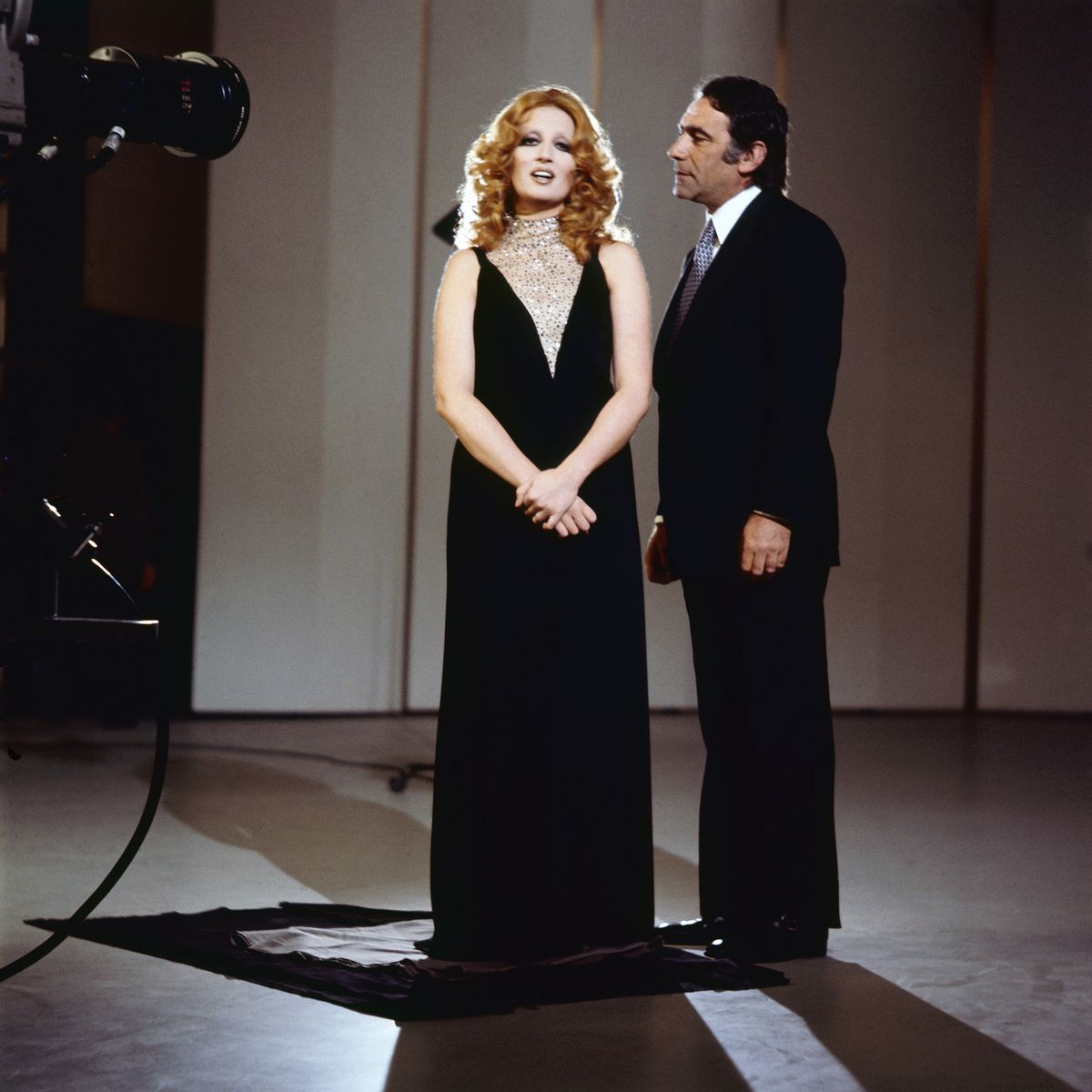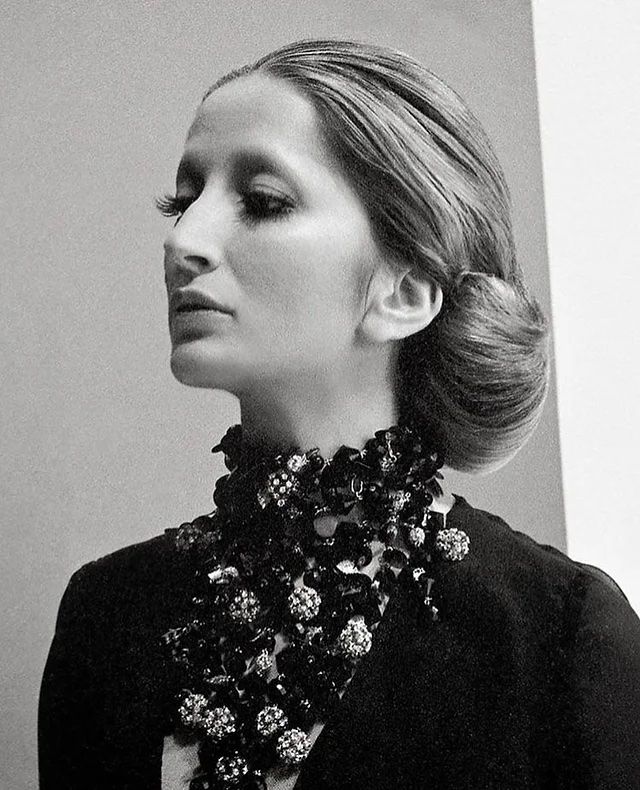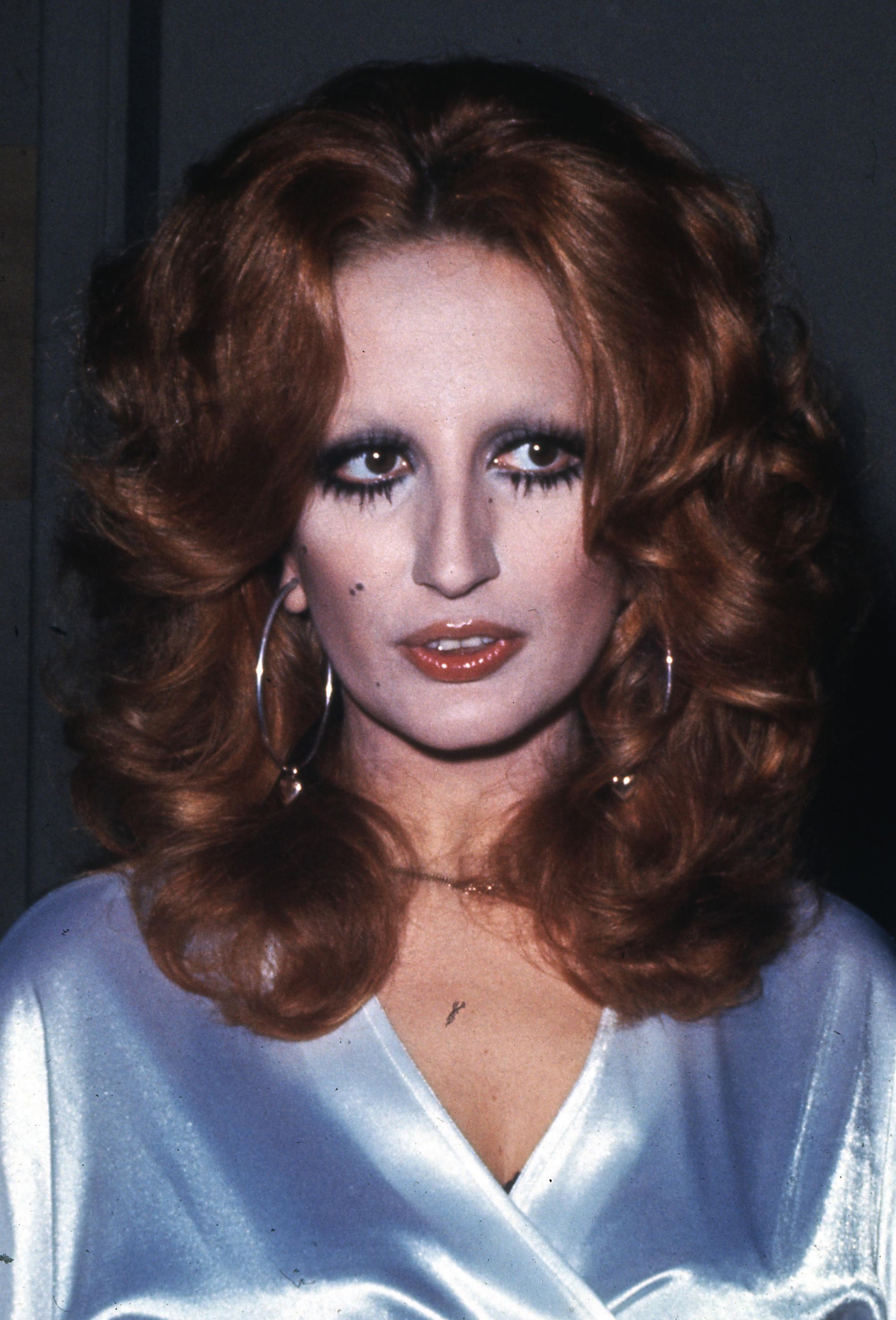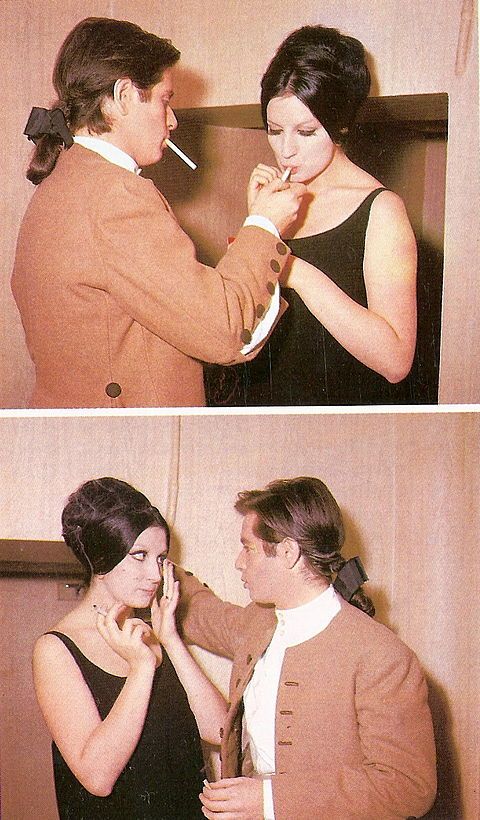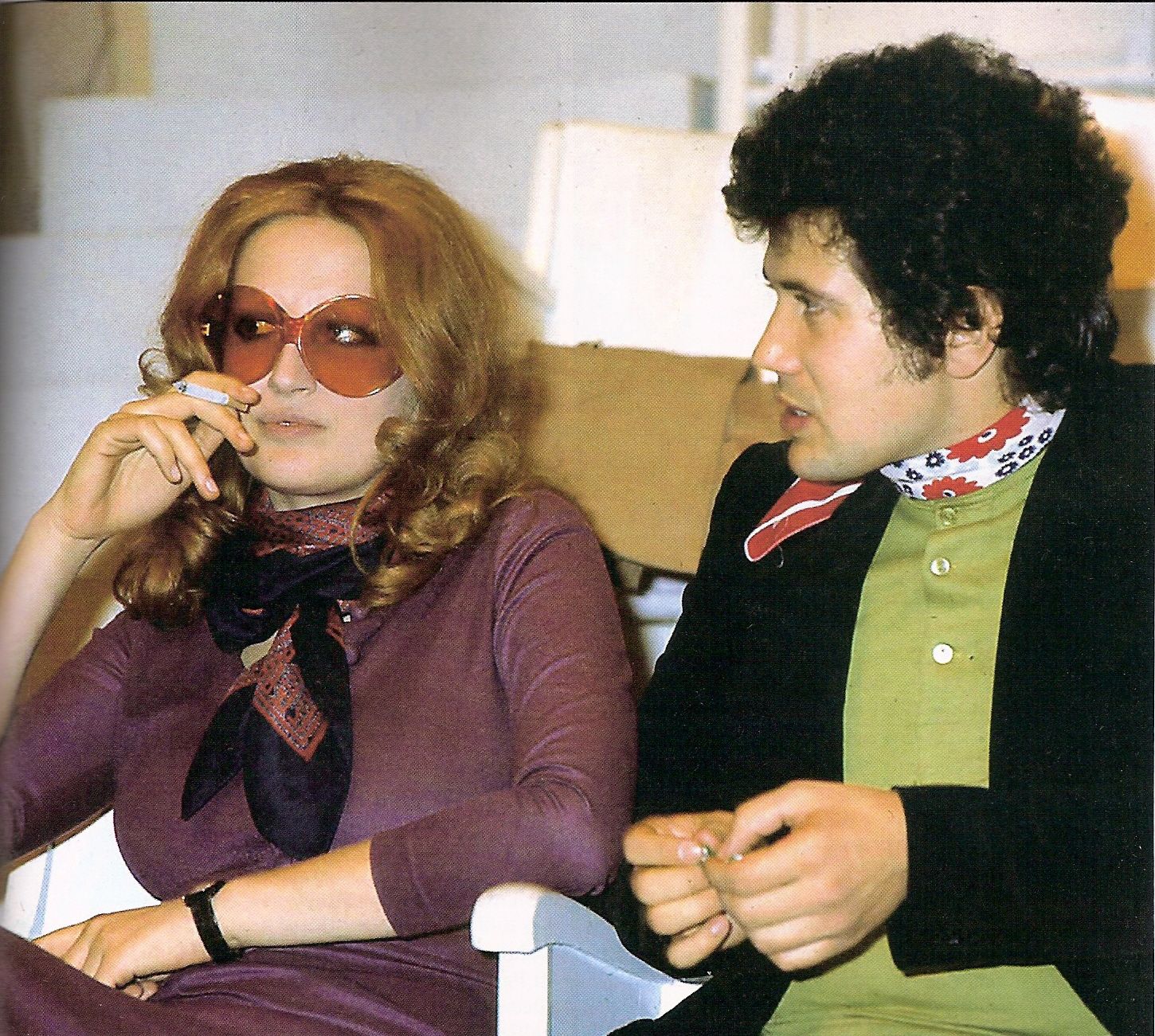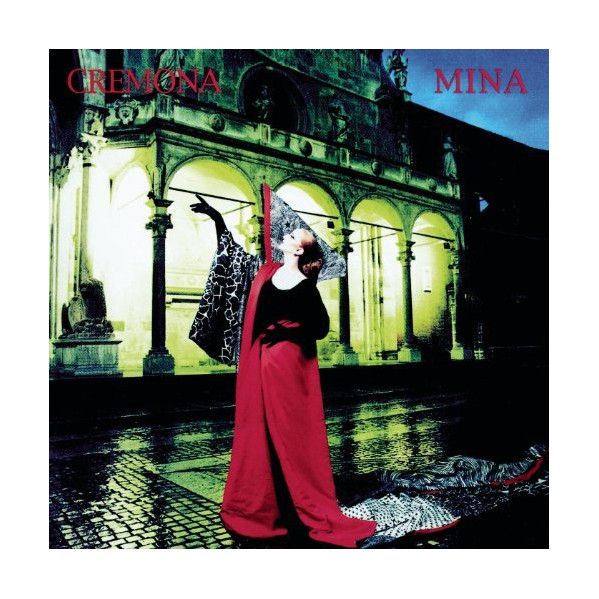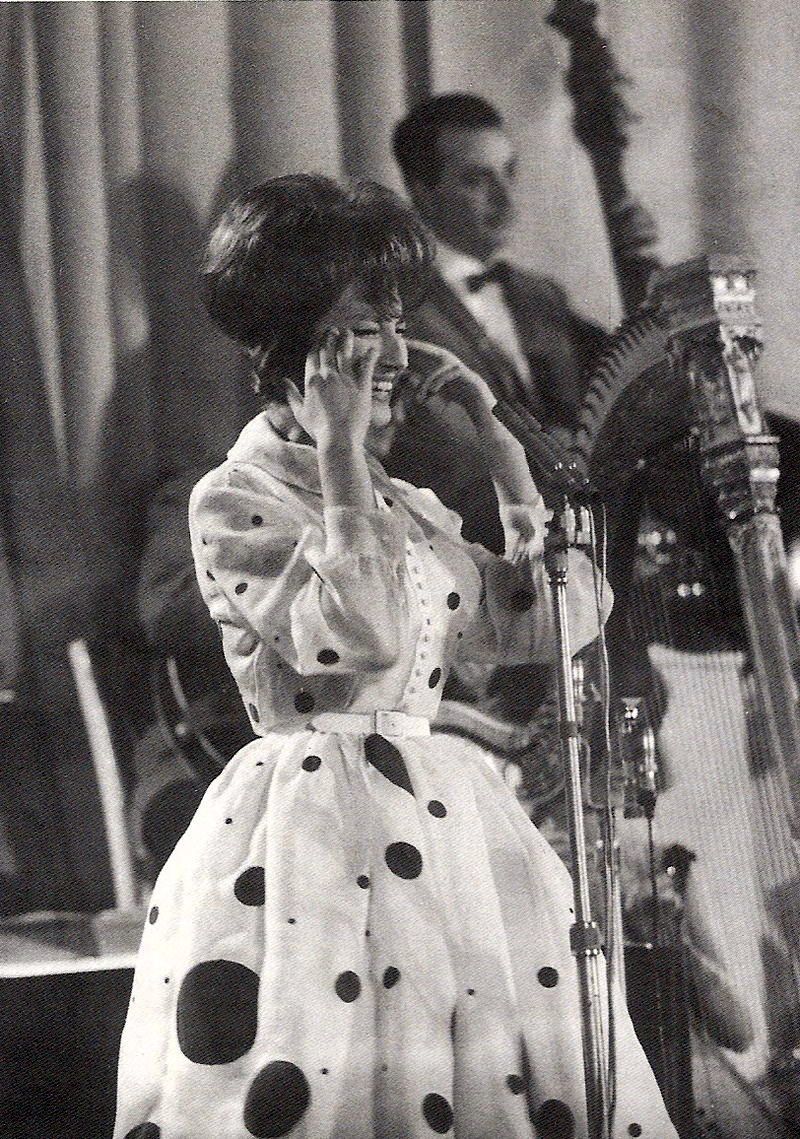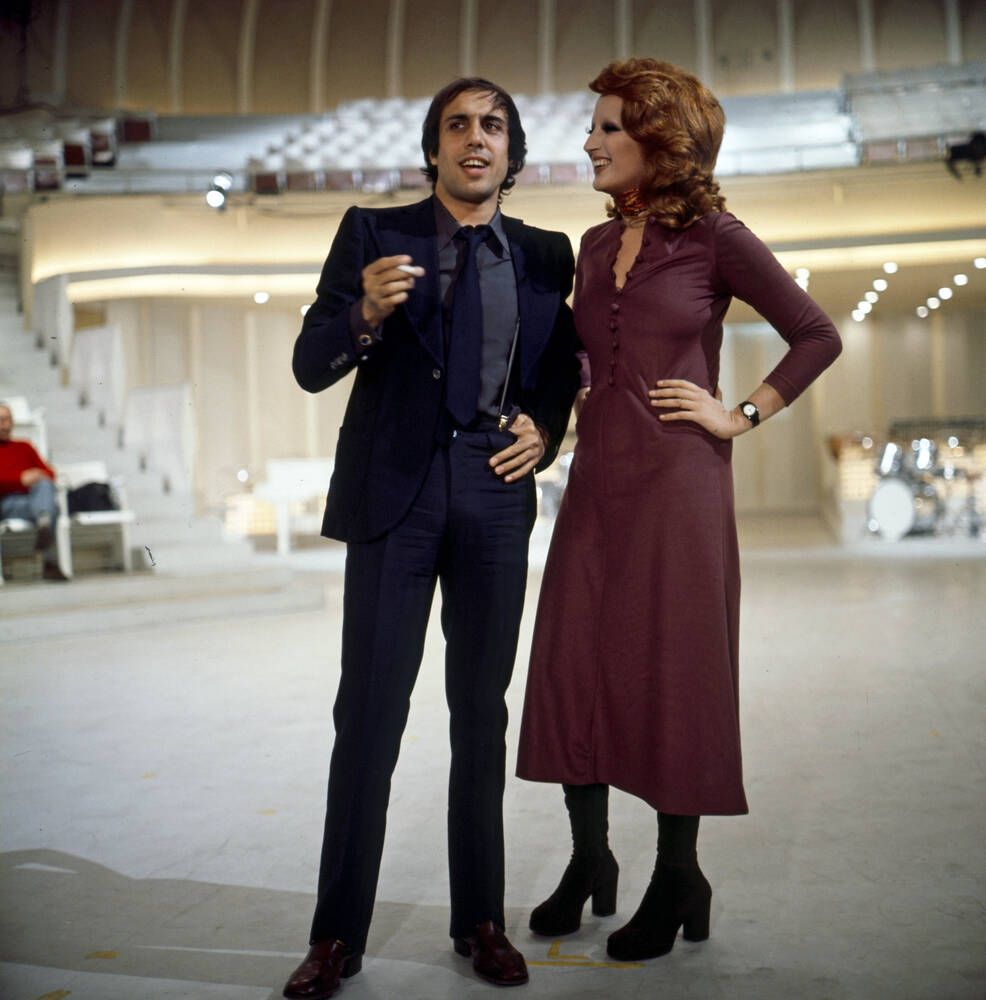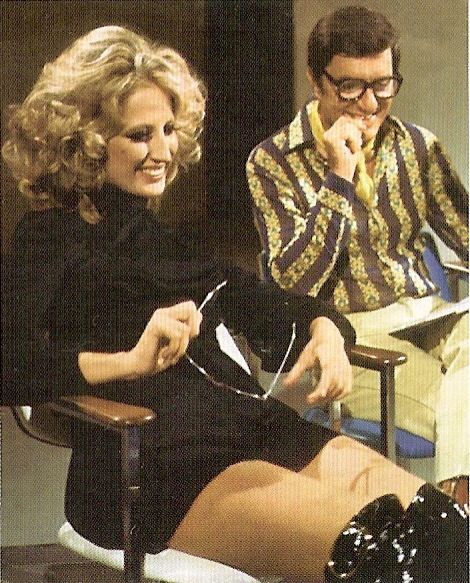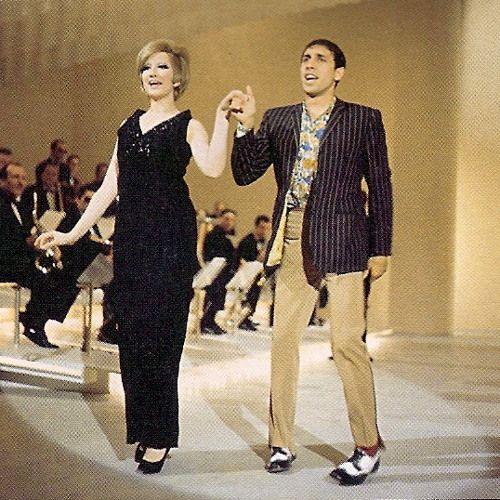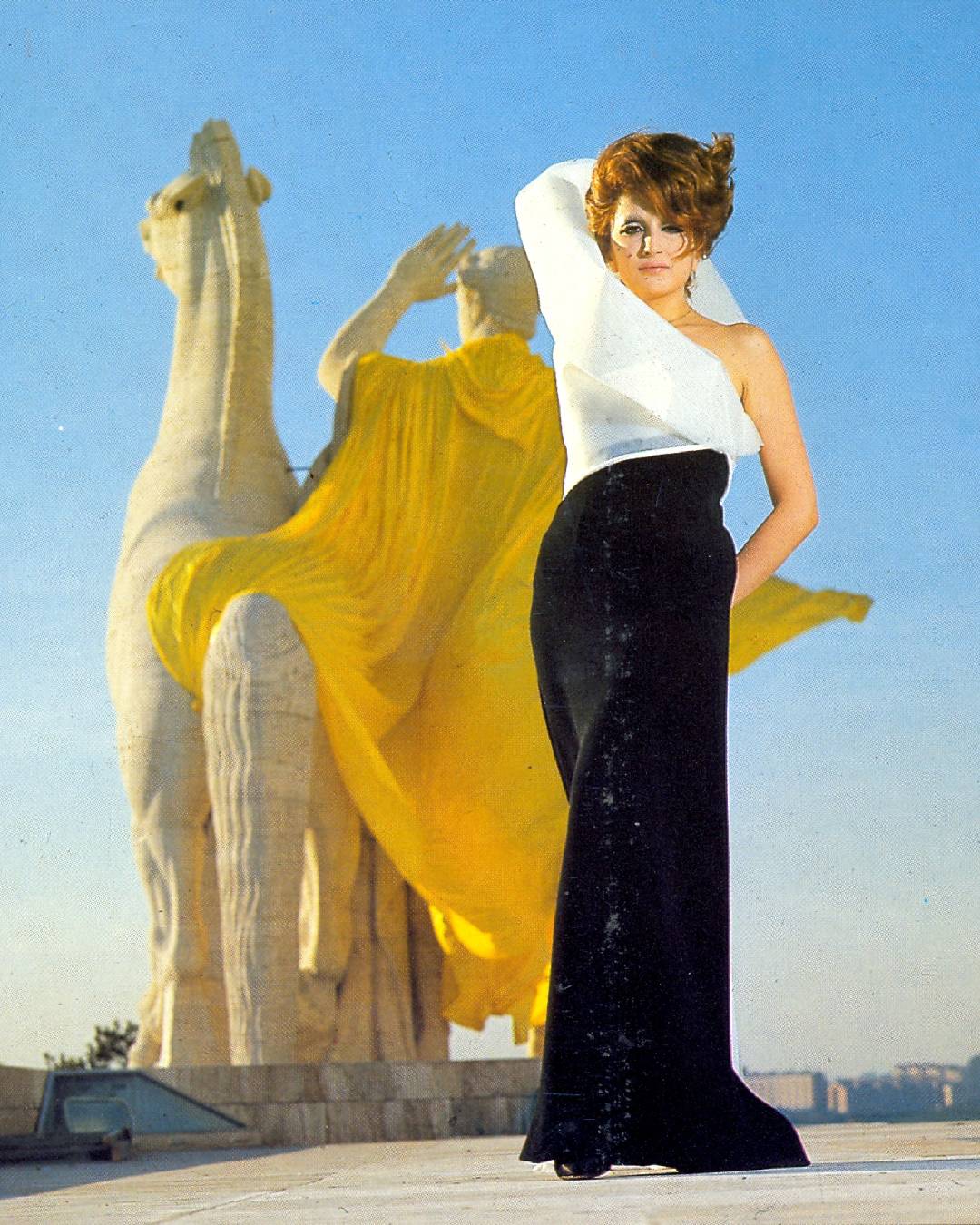
Mina's impact on Italian fashion More than an icon, more than a singer, an evergreen benchmark of artistry
The image of Mina is first and foremost her red hair, her painted eyes, the unmistakable gestures with which she moves to the rhythm of the music. The gaze of the spectator watching her, be it a 1960s boy in front of a television set or that of a young man admiring her from the screen of a telephone in the new millennium, rests first on her person, then on her dress. Nevertheless, the costumes worn by the singer during her television appearances were able to tell a story as profound as her voice, and like her music, they find themselves to be still relevant today. For Gucci's SS24 fashion show, the sensual power of her timbre returned to pervade Milan, with Ancora, ancora in the background of the fashion show in a more electronic adaptation by Mark Ronson, while Andrea Adamo chose the song Vorrei averti nonostante tutto for the SS24 soundtrack as well as the figure of the Cremona Tiger as the main inspiration for the new collection. The past Milan Fashion Weeks reminded the Italian fashion public of the greatness of the style and person of Mina, an artist who never ceased to influence the culture of our country, even in the way she dressed.
It was with a dress stolen from her mother that Mina's relationship with stage fashion began, a metaphor that in retrospect fully reflects her unusual approach to conventional but extremely daring costumes. From her debut in Pietrasanta in 1958 to her farewell to television in 1978, Mina's clothes of those years combined conventional style with extravagance, in excessive volumes and unusual silhouettes. Her looks included traditionally masculine sartorial cuts, costumes that contrasted romantically with her warm voice and prickly, languid look that several times led to television censorship - at Sanremo in 1961 for the way she ran her fingers over her mouth in Mille Bolle Blu, at Mille e una Luce in 1978 for the close-up on her lips in Ancora, ancora, ancora. Her style embraced theatricality of the RAI programmes of those years, including sequins and ostrich feathers, and the particularity of her unusual persona with powerful dresses that instead of uncovering the body enveloped it completely. There were vertiginous necklines, yes, but combined with long trousers, broad shoulders, batwing sleeves.
In an interview with Oggi in 1966, the artist stated that he had a very detached relationship with the fashion world:
«I don't follow it, I only buy things I like. And I really like shoes, even the very colourful ones, sportswear and long, evening dresses. I don't like jewellery: the only exception is a pair of solitaires I gave myself and a series of rings of no value that I enjoy distributing on all my fingers. I detest the Courréges style that turns women into sexless teenagers.»
And indeed, the archives point to designers who knew how to play with volumes wittily but elegantly as Mina's favourites (Pucci, Valentino, Mila Schön, Germana Marucelli, Ken Scott, Jole Veneziani and Krizia) rather than those who followed a certain trail of unruliness in those years. Despite this conservative view of fashion, Mina was the first artist in Italy to wear a miniskirt on television, in 1970.
In addition to her iconic make-up looks, it is her approach to costume that makes Mina a reference point for contemporary fashion. From the outfit created by Alessandro Michele for Achille Lauro to the most recent collection by Andrea Adamo at Milan Fashion Week, the designers who have tried to emulate the image of the Tiger of Cremona have allowed themselves to be touched by her red hair, thin eyebrows and eyeshadow-covered eyelids, but also by the sense of seriousness, elegance and self-assertion with which the singer has captured the eyes of Italians for several decades. The looks created in collaboration with make-up artist Stefano Anselmo and the clothes by costume designer Piero Gherardi have figured in the history of Italian fashion - which in the 1960s and 1970s lagged a few steps behind abroad - the imposing image of a strong woman, no longer the victim of her own body and the male gaze, but the master. Proof of this was the cover of the album Cremona, in which Mina was dressed by none other than Versace, the magician of sensuality made dress.
Before she became an icon in the fashion world, the singer was a landmark for the Italian queer community, for her flamboyant looks but also for her rebellious diva spirit, her moves and her provocations. International artists such as Lady Gaga, Frank Sinatra, Barbara Streisand and George Michael have recognised her greatness - the last famously declared, «Mina is proof that God exists.» Whenever fashion has looked to the world of Mina, from Vogue editorials to Dolce&Gabbana ads, from Giselle Bündchen's 2018 makeover to Gucci's latest show, the product only managed to evoke Mina's image in cases where the dress, albeit luxurious and at the height of elegance, ended up in the background. Because if we loved Mina's clothes and make-up, after all, the merit was primarily her charisma.










































